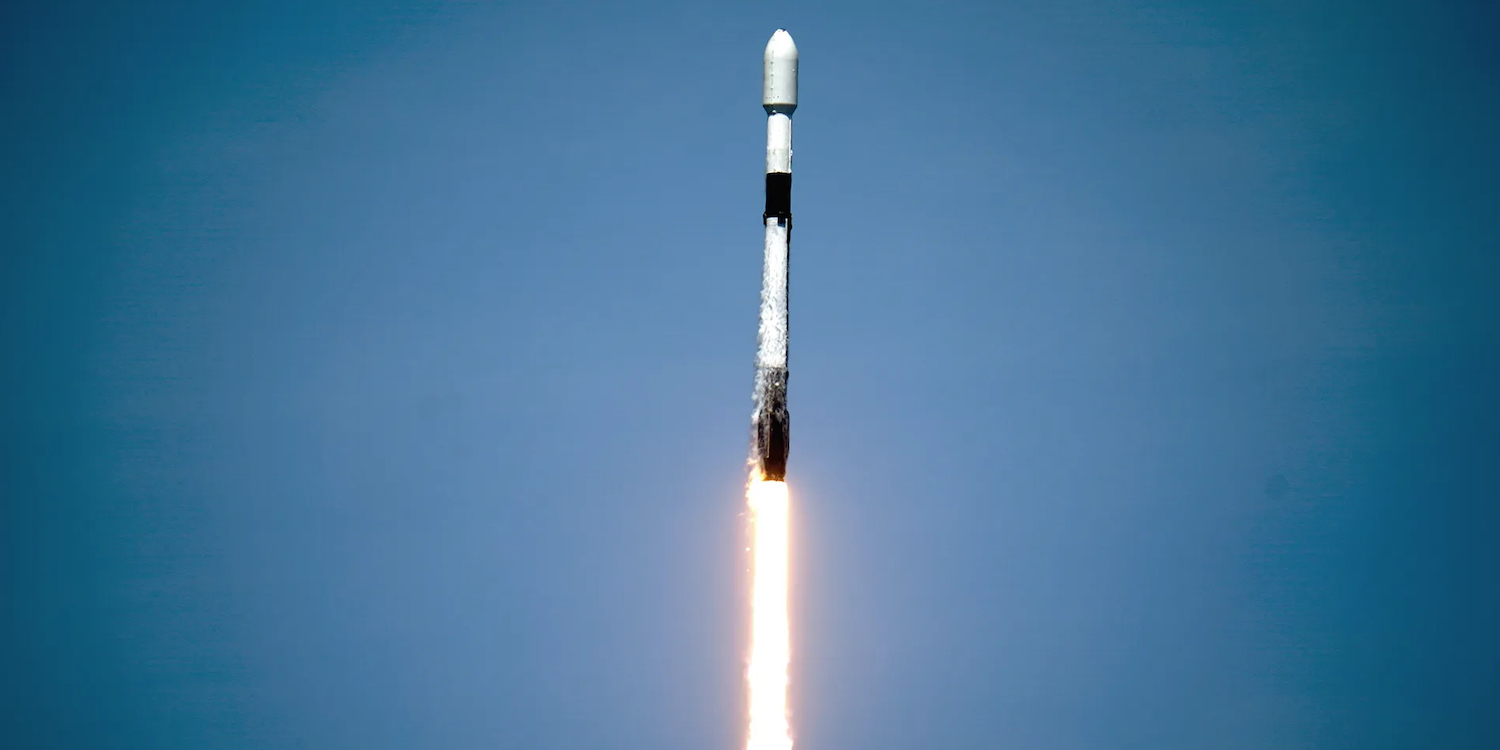Amazon has signed a contract with SpaceX for three Falcon 9 launches to support deployment plans for Project Kuiper, Amazon’s low Earth orbit (LEO) satellite broadband network. Project Kuiper satellites were designed from the start to accommodate multiple launch providers and vehicles, allowing us to reduce schedule risk and move faster in our mission to connect unserved and underserved communities around the world. Our earlier procurement of 77 heavy-lift rockets from Arianespace, Blue Origin, and United Launch Alliance (ULA) provides enough capacity to launch the majority of our satellite constellation, and the additional launches with SpaceX offer even more capacity to support our deployment schedule.
SpaceX’s Falcon 9 is a reusable, two-stage launch vehicle designed for the reliable and safe transport of people and payloads into Earth orbit and beyond, and it has completed more than 270 successful launches to date. Project Kuiper has contracted three Falcon 9 launches, and these missions are targeted to lift off beginning in mid-2025.
Project Kuiper recently launched two prototype satellites, and tests from the mission have helped validate our satellite design and network architecture. We are preparing to start satellite manufacturing ahead of a full-scale deployment beginning in the first half of 2024, and we expect to have enough satellites deployed to begin early customer pilots in the second half of 2024.
Project Kuiper makes first contact with prototype satellites
On October 6, 2023 an Atlas V rocket from United Launch Alliance (ULA) lifted off from Space Launch Complex-41 at Cape Canaveral Space Force Station, Florida. It carried two prototype satellites from Amazon’s Project Kuiper, our low Earth orbit (LEO) satellite broadband initiative, into space before deploying them at an altitude of 311 miles (500 kilometers) above Earth. The launch marked the start of our “Protoflight” mission.
We hit our first major mission milestone at 2:53 p.m. EDT when our mission operations center in Redmond, Washington, confirmed first contact with KuiperSat-2. This is when the satellite and one of our telemetry, tracking, and control (TT&C) antennas established a telemetry link for the first time. We made first contact with KuiperSat-1 at 2:54 p.m. EDT.
First contact is one of several key steps in our Protoflight mission. It allows us to begin downlinking data on satellite health and establish more regular communications with the satellites. “The launch today started a new phase of our Protoflight mission, and there’s a long way to go, but it’s an exciting milestone all the same,” said Rajeev Badyal, vice president of technology for Project Kuiper. “I’m tremendously grateful to the Project Kuiper team for their dedication in getting us to this point, and to our partners at United Launch Alliance who helped us deploy our first spacecraft ever into orbit.”
Source: Amazon

